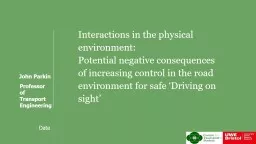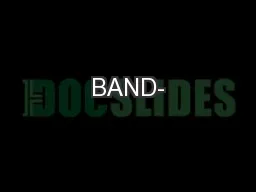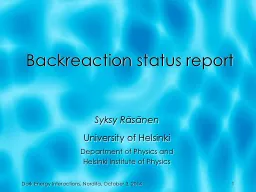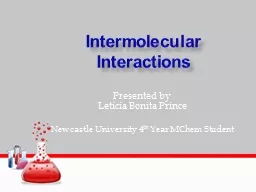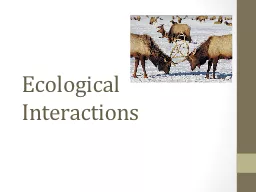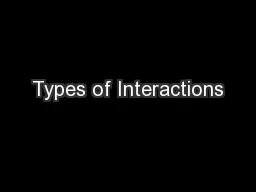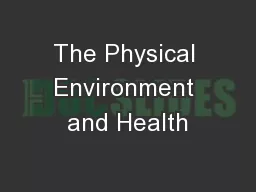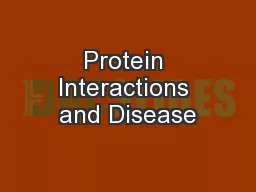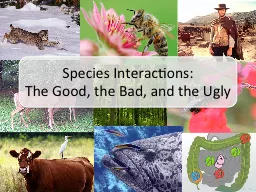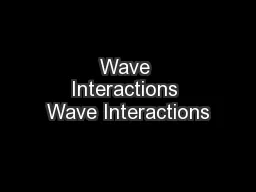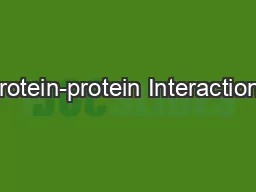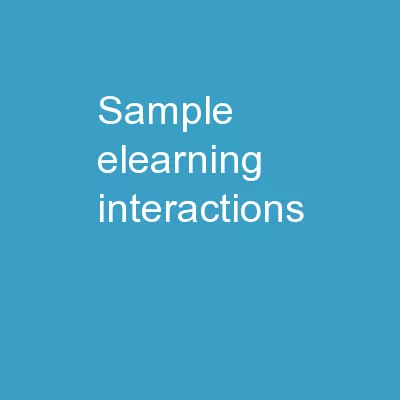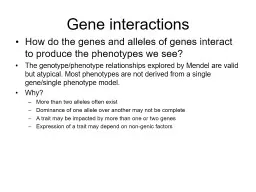PPT-Interactions in the physical environment:
Author : liane-varnes | Published Date : 2018-02-19
Potential negative consequences of increasing control in the road environment for safe Driving on sight John Parkin Professor of Transport Engineering Date Outline
Presentation Embed Code
Download Presentation
Download Presentation The PPT/PDF document "Interactions in the physical environment..." is the property of its rightful owner. Permission is granted to download and print the materials on this website for personal, non-commercial use only, and to display it on your personal computer provided you do not modify the materials and that you retain all copyright notices contained in the materials. By downloading content from our website, you accept the terms of this agreement.
Interactions in the physical environment:: Transcript
Download Rules Of Document
"Interactions in the physical environment:"The content belongs to its owner. You may download and print it for personal use, without modification, and keep all copyright notices. By downloading, you agree to these terms.
Related Documents

